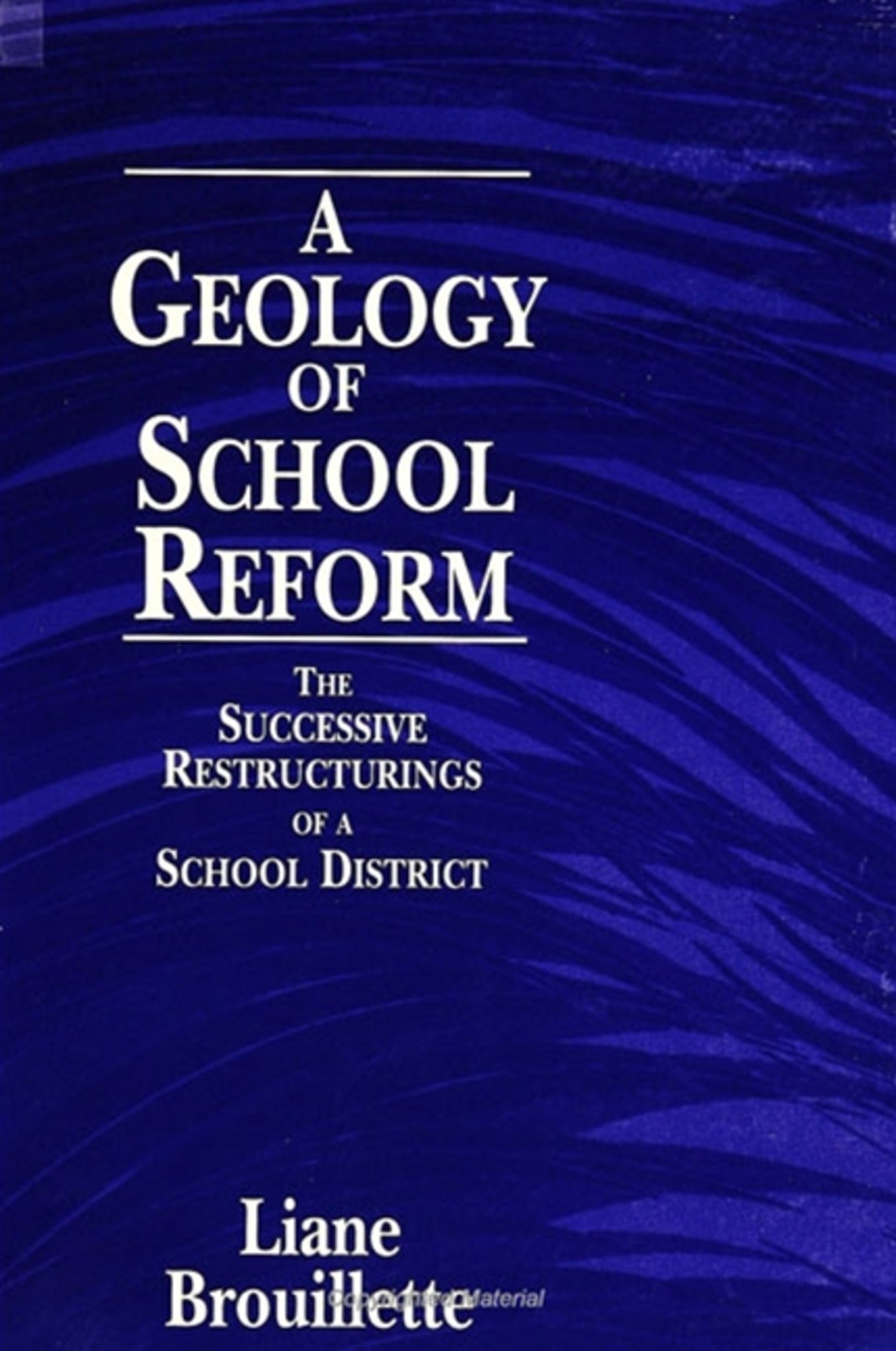We're sorry. An error has occurred
Please cancel or retry.
A Geology of School Reform

Some error occured while loading the Quick View. Please close the Quick View and try reloading the page.
Couldn't load pickup availability
- Format:
-
03 July 1996

Provides a rare look at how successive waves of educational reforms have interacted within a single school district.
A Geology of School Reform provides a rare look at how successive waves of reform have interacted within a single school district. Among the questions raised are: Which practices proved destructive to the learning of students and the morale of teachers? What innovations have practitioners kept despite changes in educational fashion?
The Cottonwood School District, which began as two rural schoolhouses in the early 1950s, is followed through the experiments of the 1960s; the back-to-basics movements of the 1970s; and the innovations of the 1980s. The successive waves of reform had different meanings for various professional and community groups within this culturally diverse district. Educators, enmeshed in the priorities of previous reforms, often resisted subsequent changes. Although the differences that arose between them and their communities sometimes required facilitators to assist communication, collaborative decision making has helped Cottonwood to deal with these changes.


"As more and more states and school districts race to restructure, less and less thought is being given to what might best fit in specific contexts. This book has so much in it that conveys the deepness of the contexts of schools and the inappropriateness of fast solutions." — H. Dickson Corbett, Independent Educational Researcher
"By using a multi-level perspective, this book avoids a common current problem—treating school reform in a vacuum. It provides an empirical investigation of how school reform is affected by the nested quality of schools in districts and societal contexts.
"The finding that site-based decision making was valuable in this district context does not remove the fact that schools, classrooms, and the larger district are vulnerable to larger societal pressures. While this does not seem—on the surface—to be particularly profound, it is an important insight in an age when schools are treated as isolated entities." — Gary M. Crow, Louisiana State University
List of Tables
Acknowledgments
Preface
1. Introduction
2. Now...and Then: A Change in Perspective
3. Back When All This Was Farmland: The Administration of Ed Larimer, 1953-1972
4. Management and Learning by Objectives: The Administration of Bill Davis, 1972-1982
5. Negotiating the Process of Reform: The Administration of Dave Roberts
6. Implementing the New Curriculum Framework: The Dynamics of Change
7. Differing Paths Taken under Site-Based Management: The Cottonwood High Schools
8. Shared Decision-Making at the District Level: Limitations Inherent in the Social Context
9. Differing Perspectives on the Purpose of Schooling
Bibliography
Index



